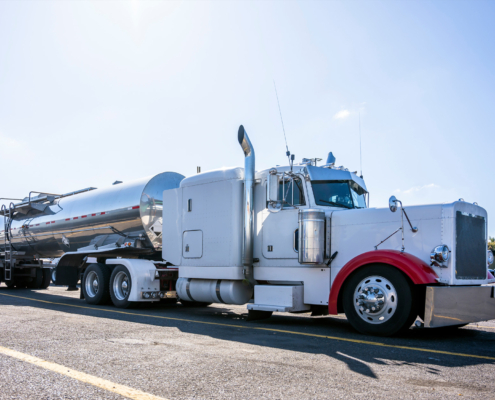Fuel management is rife with challenges. Companies need to ensure there is adequate fuel supply for their vehicles while avoiding overspending on fuel. However, forecasting fuel demand can be incredibly difficult given the many unpredictable variables that impact consumption.
For instance, route changes due to new customer locations or traffic diversions can radically alter the miles driven and fuel needed. Traffic conditions also fluctuate, leading vehicles to consume more fuel in stop-and-go congestion or road construction delays. Additionally, vehicle maintenance issues like engine problems, dirty air filters, faulty oxygen sensors, and diminished tire pressure can decrease fuel economy substantially without proper upkeep.
Moreover, driving behaviors vary widely between drivers in aspects like acceleration, idling time, and speed, which influence fuel efficiency. However, monitoring such behavioral metrics alongside fuel usage levels across an entire fleet is extremely time-consuming without proper telematics tools. Drivers may fill up at various fuel stations across disparate geographies, with no centralized system to compile fueling data.
As a result of these challenges, fleet managers often end up with incomplete and inaccurate fuel data. They need more visibility into overall fuel spend and have minimal insights into consumption patterns, waste issues, and optimization opportunities. With such limited data, planning future fuel budgets and procurement becomes a shot in the dark. Overspending on fuel is almost inevitable without analytics providing clarity into fuel management. Managers desperately need ways to cut through the unpredictability of fuel demand and achieve control over rising fuel costs.











